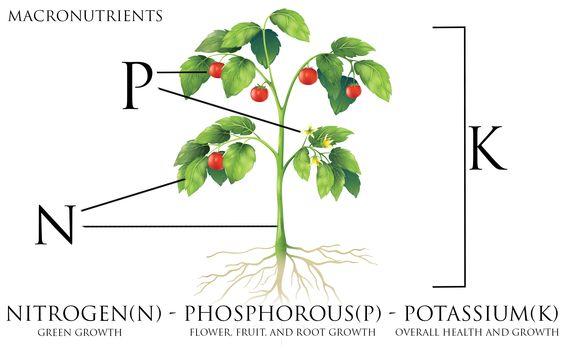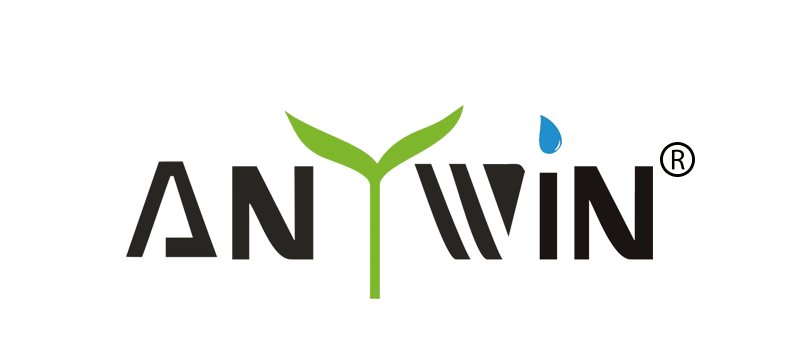Q: What is NPK?
A: The elements most needed by plants are nitrogen, phosphorus and potassium, which are generally denoted by N, P and K.
Nitrogen (N) for growth
Phosphorus (P) for flowering and fruiting
Potassium (K) for photosynthesis

Q:What is chemical fertilizer?
A:In a narrow sense, chemical fertilizer refers to fertilizer produced by chemical methods; in a broad sense, chemical fertilizer refers to all inorganic fertilizers and slow-acting fertilizers produced by industry.
Q:What is the connection between organic fertilizer and bio-organic fertilizer?
A:In fact, any material that contains a carbon source can become organic fertiliser, including cake manure, compost, biogas, bacteriological fertiliser, etc.
According to the production method, there are natural organic fertilisers, organic compound fertilisers, bio-organic fertilisers, etc.
And bio-organic fertilizer is a kind of bacterial fertilizer, with specific functions of microorganisms, and mainly with animal and plant residues (such as animal and poultry manure, crop straw, etc.) as the source, and after harmless treatment, ripening of organic materials, compounded. It is mainly used in the commercial production process, the fermentation and decomposition of microorganisms, so as to be able to achieve full decomposition, sterilization purposes.
What is the difference between organic fertiliser, bio-organic fertiliser, bacterial fertiliser and farmyard manure?
Q:Organic fertilisers
A:Fertilisers that contain more organic matter and are derived from animal and plant organisms, animal manure and other waste are usually called organic fertilisers. However, the organic fertilisers we buy on the market are fully rotted organic fertilisers, which are commercial fertilisers that improve the physical and chemical properties of the soil with beneficial microorganisms, are odourless and easy to transport.
Organic fertilisers provide a variety of nutrients for the growth of crops. Although organic fertilisers are slow, they have a long-lasting effect and can improve the soil structure, increase the activity of the soil and provide crops with nutrients that chemical fertilisers cannot provide.
Q:Farmyard manure
A:Farmyard manure is the organic fertiliser grown, raised and accumulated by the farmers themselves, mainly green manure, stable manure and compost. Farmyard manure is not fully rotted and has a low level of harmlessness, with a large number of harmful bacteria, viruses, insect eggs and weed seeds remaining, which can easily burn the roots of seedlings and cannot be easily sold as commercial fertiliser.
Q:Bacterial fertilizers
A:Bacterial fertilisers include mycorrhizal agents, bio-organic fertilisers and compound microbial fertilisers.
The main function of bacterial fertilizers is determined by the living bacteria, which decompose the nutrients inside the soil into nutrients that can be absorbed by plants.
The effectiveness of bacterial fertiliser is reflected in the environment and activity of the bacteria. To achieve good soil improvement and extend the life of the soil, it is necessary to ensure that the bacteria are alive and can reproduce continuously.
Q:Bio-organic fertilizer
A:Bio-organic fertiliser is a type of bacterial fertiliser, which is fully rotted, compared to farmyard manure, it has a mortality rate of over 95% of worm eggs, it is safer for the crop and does not have the stench of farmyard manure, the fertiliser is more even and we can apply it more easily.
Organic matter and organic fertiliser decomposition issues
Q:What is the relationship between organic matter and organic fertiliser?
A:There are many people who are vague about organic matter and organic fertiliser, and some even think that organic fertiliser is all organic matter, but this is not the case.
General standard organic fertilizer in the content of organic matter will not be less than 30%, and farm fertilizer in the higher nutrient content of chicken manure, organic matter content in about 25.5%.
Q:Is the higher the organic matter content in organic fertilizers better?
A:For organic fertilisers that have reached the organic matter standard, the higher the organic matter content is, the better it is, but it also depends on the raw materials used in the organic fertiliser.
For example, some organic fertilisers are made from weathered coal, but are not activated, and its organic matter content is very high, it can reach 70%, 80%, or 100%, the application effect of this organic fertiliser is very poor, on the contrary, the organic fertiliser made from high quality raw materials, such as soybean cake, its organic matter content is not very high, but its application effect is very good.
Therefore, when we buy organic fertilizer, we should understand clearly the organic matter, but also understand clearly its raw materials.
Q:What is a matured organic fertilizer?
A:Matured organic fertilisers are the organic matter-rich wastes we normally see, such as livestock manure, sludge, decayed branches and leaves, or household waste, which have been decomposed and fermented to produce a stable and harmless fertiliser that can supplement the nutrients needed for crop growth, and also improve soil activity and promote increased crop yields.
However, we should not apply organic fertilisers that are not decomposed, or are incompletely decomposed.
Q:How can you tell when organic manure is fully matured?
A:Whether it is straw compost or chicken manure, take out 500 grams, put it in a sealed bag and leave it for three days. If the bag swells up and there is more air in it, then it is not fully rotted. If the bag doesn't swell up, you can basically say that it's well matured because, as the straw manure matures, it produces gas.
However, those who use city sludge or whatever to make organic fertiliser, this method will not test for it. But this method can test whether our seedling substrate is well matured.
Q:Is the longer we make our own compost, the better?
A:It is not the case that the longer the pile is the better. If we say that the pile has been left for 3 years, it is fully decomposed, but it will be mineralised and the nutrients will be poor, and in the process of harmlessness, its organic matter is also being consumed. Too long a time will lead to too much nutrient loss, and if the time is short, the harmlessness will not be enough.
So, as long as we are stacking it at a high temperature of 65 degrees and maintain it for 5-7 days, it will be fine.
Q:When is organic fertiliser usually applied?
A:Organic fertilisers are slow to take effect and are usually applied once as a base application before sowing or planting, with the effect of a later follow-up application not being as pronounced as when they are used as a base fertiliser.
For those who grow greenhouses, organic fertiliser should usually be applied before soil disinfection and smothering.
(1) Organic fertilisers that are not fully rotted will be further rotted after the smothering process.
(2) Pathogenic bacteria, pests and other harmful microorganisms in organic fertilisers are basically killed after high temperature smothering treatment and will no longer be harmful to crops.
(3) Microbial fertilisers and bio-organic fertilisers that have exceeded their expiry dates should also be applied before the soil is sterilised by smothering, to prevent contamination of the sterilised soil by miscellaneous bacteria.
Q:How is organic fertiliser normally applied?
A:The main function of organic fertiliser is to improve the soil, so it is important to combine it with deep ploughing so that the soil is completely mixed with the organic fertiliser. We can also combine it with a soil conditioner, which can better improve the soil environment, balance the nutrients and increase the soil bulking structure, etc.
Q:What is the general amount of organic fertiliser to apply?
A:Generally speaking, it is better to apply 15-20 cubic metres of fully matured chicken manure and 35-40 cubic metres of rice husk manure per acre of vegetable land. As eggplant and fruit vegetables require more fertiliser, the upper limit of fertiliser can be taken, while leafy vegetables require slightly less fertiliser and the lower limit of fertiliser can be taken.
Q:Organic fertilizers can be combined with nitrogen fertilizers, but not with phosphorus fertilizers, is this true?
A:It is true, because the nutrients in organic fertilisers are unbalanced, with nitrogen and phosphorus being more prominent. The nitrogen required by crops is generally more than three times that of phosphorus, but the nitrogen content of organic fertilisers is significantly lower than that required by crops, while the phosphorus content is significantly higher than that required by crops.
Q:There are many benefits to using organic fertilisers together with chemical fertilisers.
A:(1) A comprehensive supply of the required nutrients. Organic fertilisers are the opposite of chemical fertilisers in that they can be mixed to meet the nutrient requirements of the crop during all growth periods.
(2) Reduce nutrient fixation and increase soil nutrients. Mixing chemical and organic fertilisers can reduce the contact surface between chemical fertilisers and soil, avoiding nutrients being absorbed or fixed by the soil, thus improving the effectiveness of nutrients, increasing the nutrients in the soil, improving soil vitality and promoting healthy crop growth.
(3) Effective adjustment of soil pH. Mixing chemical fertilisers with organic fertilisers can improve the buffering capacity of the soil and effectively regulate the pH of the soil.
Judging between good and bad
Q:How to judge the good or bad of organic fertilizers on the market by their appearance?
A:We can look at the logo of the fertiliser. Organic fertilisers usually take the new standard (NY/T 525-2021) of ≥ 30% organic matter and ≥ 4% total nutrients of nitrogen, phosphorus and potassium. And no matter what shape the organic fertiliser is, if there are many impurities mixed in, it is a fertiliser of substandard quality. The new standard for organic fertilizer is NY/T 525-2021.

